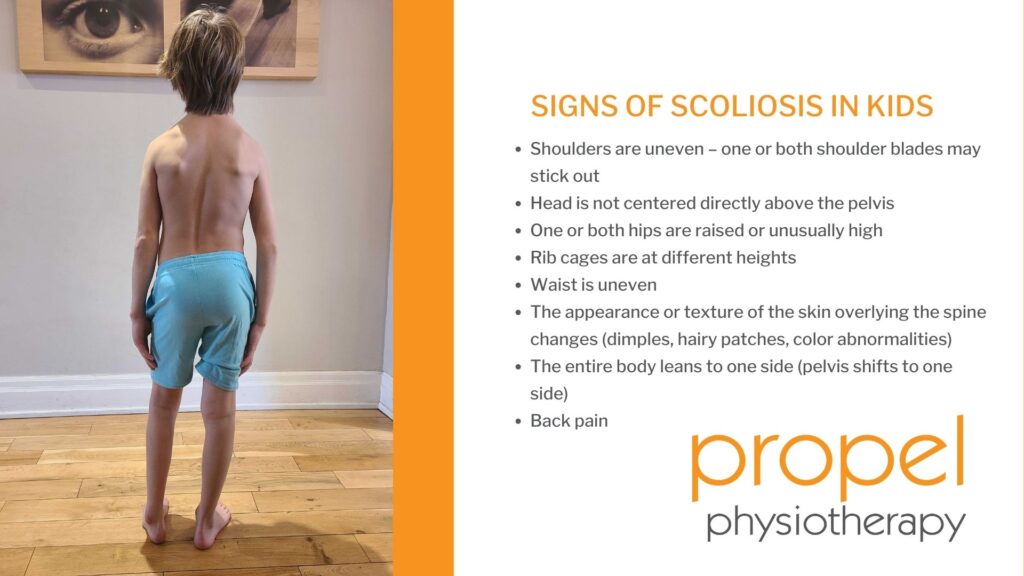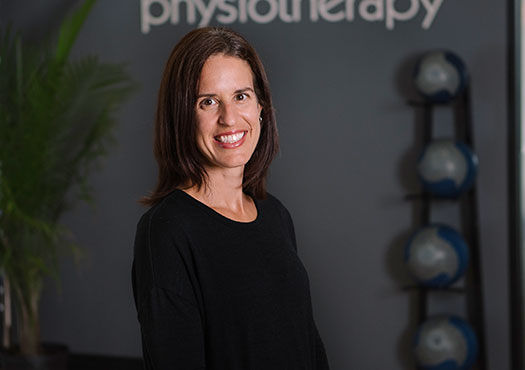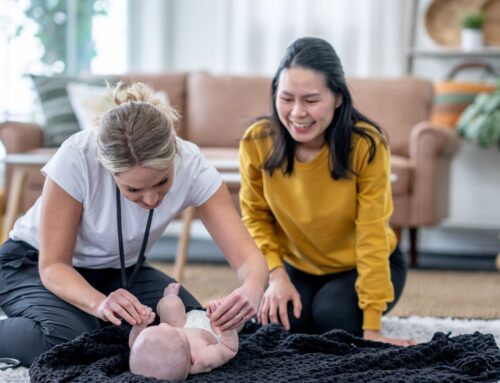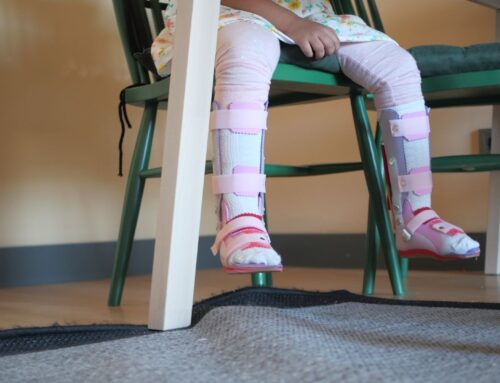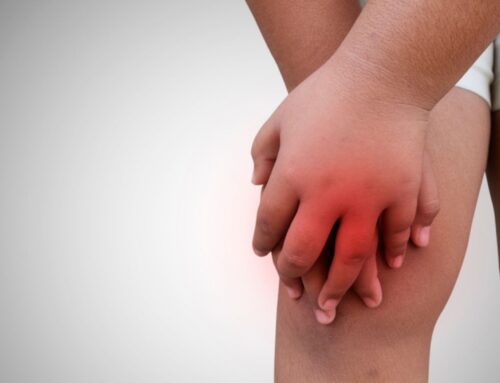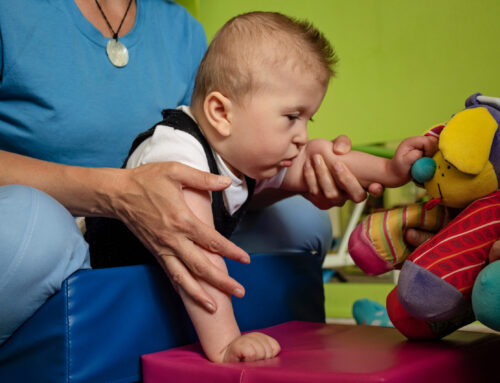Pediatric scoliosis is a condition where the spine abnormally curves sideways or rotates affecting the normal curvature of the spine. The condition can range from mild to severe leading to a variety of symptoms depending on the individual presentation.
Most forms of scoliosis are treated with nonsurgical management with early detection being key in positive long-term outcomes. In this article we will look at the types of pediatric scoliosis, the common signs of scoliosis and the different treatment options available.
Pediatric Scoliosis Causes
- Idiopathic scoliosis is the most common form of pediatric scoliosis (85%). With this type the cause is unknown, but because it runs in families, it has a genetic (hereditary) basis.[i]
- Congenital scoliosis is a rare spine abnormality detected at birth. This abnormality develops very early in development (first six weeks of development in the embryo).[ii]
- Neuromuscular scoliosis is a curvature of the spine caused by abnormalities in the muscles and nervous system that support the spine. Examples include cerebral palsy, spinal cord trauma spina bifida and muscular dystrophy.
Signs of Scoliosis in Kids
Parents are often the first to notice signs of scoliosis in their children. These can include:
- Shoulders are uneven – one or both shoulder blades may stick out
- Head is not centered directly above the pelvis
- One or both hips are raised or unusually high
- Rib cages are at different heights
- Waist is uneven
- The appearance or texture of the skin overlying the spine changes (dimples, hairy patches, color abnormalities)
- The entire body leans to one side (pelvis shifts to one side)
- Back pain[iii]
If your child is showing any of these signs, a trained physiotherapist can assess the degree of severity of the scoliosis. Physiotherapists will often work with a team of physicians and orthotists in the management of scoliosis. A physiotherapist will also refer to a physician and/or specialist if the severity of the scoliosis is beyond management with conservative treatment.
Pediatric Scoliosis Diagnosis
The first step in the diagnosis of pediatric scoliosis is by observation and examination. Physical examination consists of the Adam’s Forward Bend Test. The patient stands and bends forward at the waist, with the therapist looking for symmetry of the back.
Patients with possible scoliosis will have a lateral bending of the spine, but the curve will cause spinal rotation and eventually a rib hump, which is visible on examination.[iv] The examiner may also use a tool to measure the angle of rotation or bend. An angle greater than 10 degrees typically requires follow up with an x-ray.
Surgical Management of Pediatric Scoliosis
Children with more advanced angles of curvature that are getting worse despite nonsurgical treatment are in danger of developing cardiac and/or respiratory complications. During the procedure, the spinal bones that make up the curve are realigned and will eventually heal or fuse together. Metal rods are typically used to hold the bones in place until the fusion happens. The rods are attached to the spine by hooks, screws, and/or wires.[v]
Pediatric Scoliosis Physiotherapy Management and Treatment
Treatment of pediatric scoliosis is dependent on the cause, level of severity and age of the client. Non operative management consists of close monitoring, symptom management and bracing. The goal of bracing is to stop or slow the progression of the curve during a period of rapid growth. A rigid thermoplastic brace is custom made for the client and is typically worn for 12 to 20 hours of the day through a gradual wearing schedule.
Physiotherapy management can be used in mild cases of pediatric scoliosis and can also be used in conjunction with bracing. Treatment consists of the following:
- corrective postural exercises
- exercises to stretch and strengthen any muscular imbalances
- prescription of orthotics
- breathing exercises
- manual therapy for joint mobilizations or soft tissue restrictions
- and education regarding postural techniques with movement.
Physiotherapy has been shown to delay the need and even eliminate the need for surgery in cases of idiopathic pediatric scoliosis.[vi] If you suspect your child is showing signs of scoliosis, it is important to get early treatment to avoid future complications.
Our pediatric physiotherapy services include a comprehensive assessment of a child’s gross motor function and posture, including strength, posture, gait, flexibility, balance, coordination and sensory processing. Come visit us today to see how our physiotherapists can help your child to live a full and active life.
References
[i] Pediatric and Adolescent Scoliosis, Cleveland Clinic
[ii] Adolescent Idiopathic Scoliosis, Scoliosis Research Society
[iii] Scoliosis, American Association of Neurological Surgeons
[iv] Horne JP, Flannery R, Usman S. Adolescent idiopathic scoliosis: diagnosis and management. Am Fam Physician. 2014 Feb 1;89(3):193-8. PMID: 24506121.
[v] Idiopathic Scoliosis in Children and Adolescents, OrthoInfo, American Academy of Orthopaedic Surgeons
Written by


